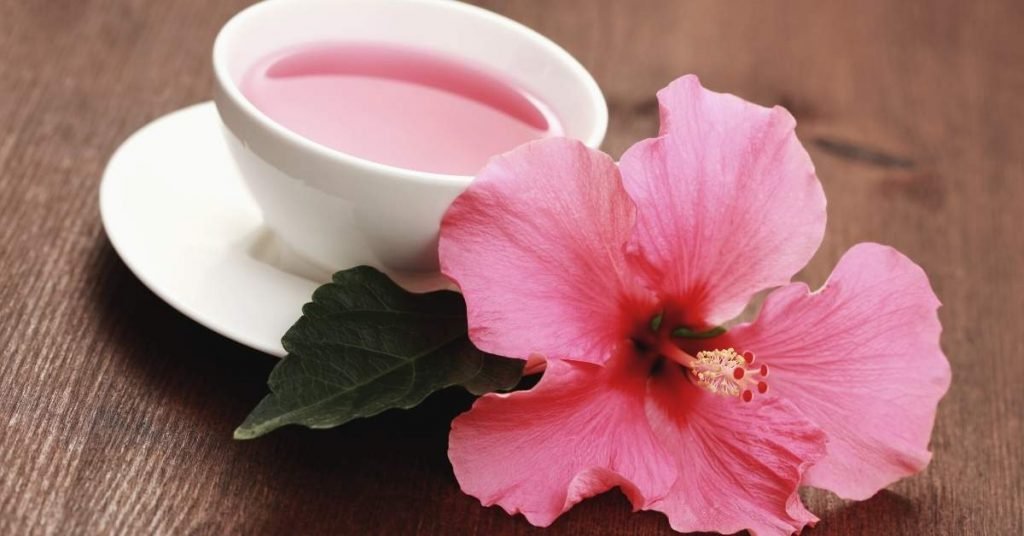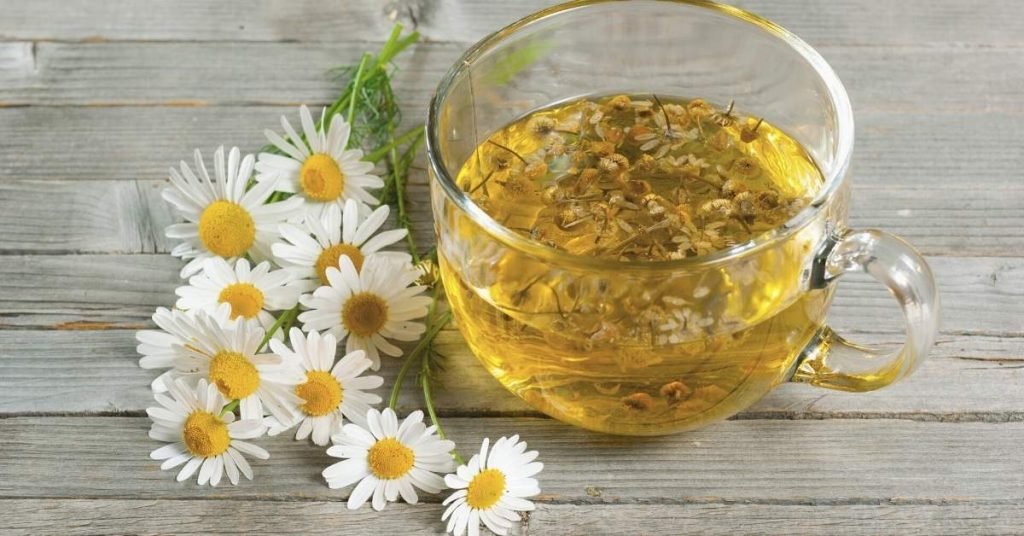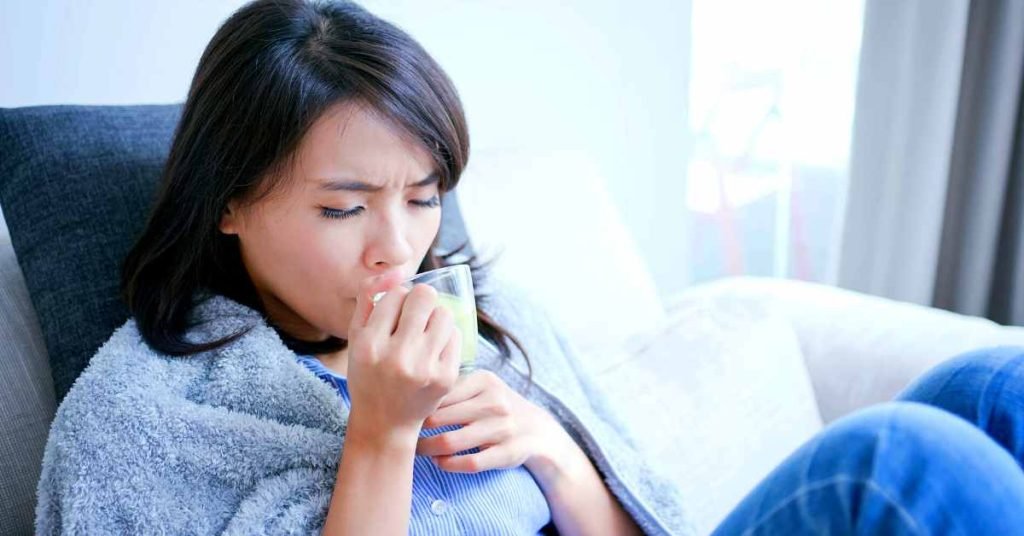Flower teas are absolutely the most aromatic and flavorful warm beverages that you can imagine.
Whether you choose to prepare them alone or as an addition to your favorite Black tea, flowers will add an extraordinary touch to your infusion.
Of course, you can’t just pick any flower you find and brew it – some of them can be quite poisonous.
We’ve prepared a list of garden flowers safe to drink, hoping that tea enthusiasts around the world will enjoy our selection.
Rose Petal Tea

A heavenly-smelling floral tea for rose fragrance lovers.
Packed with vitamin C for boosting your immune system, rose petal tea is one of the best floral teas in the world.
You can prepare this tea with fresh rose petals from your garden, preferably from red and pink roses.
For one cup of tea, you will need approximately 1 cup of rose petals.
Wash them and remove all the green parts as they can be quite bitter.
Simmer the petals for five minutes, strain, and serve with honey.
Hibiscus Tea

Another awe-inspiring tea with magnificent color, hibiscus is a powerful anti-oxidant agent, perfect for an iced tea or warm comforting cup.
Packed with vitamin C, hibiscus is an excellent choice for flu and cold recovery.
Promoting gut health, hibiscus tea is typical for tropical and subtropical regions, and it’s extremely popular in Jamaica and the Dominican Republic.
For a cup of hibiscus tea, you will need 3-4 hibiscus flowers.
Chamomile Tea

Chamomile is one of the most common garden flowering plants that can be used to prepare a flavorful, calming tea.
Fragrant and mildly sweet, this tea has gentle apple undertones and plenty of sedative properties.
Recommended as a bedtime cuppa, chamomile tea is an all-time favorite for people who have trouble sleeping yet don’t like taking pharmaceuticals.
The best way to make chamomile tea is to dry a handful of flowers as they have a more intense smell.
Chamomile tea with honey is one of the most spectacular cuppas that will mildly sedate you to sleep.
Chrysanthemum Tea

Chrysanthemum is a spectacularly beautiful flower that displays many colors and grows almost in every corner of the world.
However, tea prepared from its petals is most common in China and other parts of Asia where it’s easier to find dry petals.
Chrysanthemum tea is usually prepared from the yellow flower which has the sweetest taste of all.
Its strong herbal kick with floral undertones is a perfect choice for tea lovers searching for a new floral pleasure.
Packed with potassium, magnesium, and phosphorus, chrysanthemum tea is a heart health promoter as well as reduces the risk of diabetes.
For a cup of tea, you need half a cup of dry chrysanthemum petals.
The information presented on this site is provided for information purposes only. It is not meant to substitute for medical advice or diagnosis provided by your physician or other medical professionals. Do not use this information to diagnose, treat, or cure any illness or health condition. If you have or suspect that you have a medical problem, contact your physician or healthcare provider.
Bee Balm Tea

Bee Balm is another common garden flower that you can turn into tea.
Originating from the mint family, bee balm spread quite fast even if you don’t want it to.
To prepare a Bee Balm tea, you can use fresh or dried leaves.
Bee Balm tea calms menstrual cramps, indigestion, and nausea.
It’s especially useful in treating upper respiratory tract infections, colds, and flu.
Bea Balm tea can be prepared with 10-12 dry leaves per cup of water.
Final Word
Turning your favorite garden flowers into tea is a creative way of adding more flavor to your life.
You can either use fresh flower petals or dry them for a week before brewing.
Floral teas are an excellent way of adding extra aroma to your Green or Black tea and boosting its medicinal properties.
MEDICAL DISCLAIMER
Itsnevernotteatime.com cannot and does not contain medical/health advice. The medical/health information is provided for general and educational purposes only and is not a substitute for professional advice.




